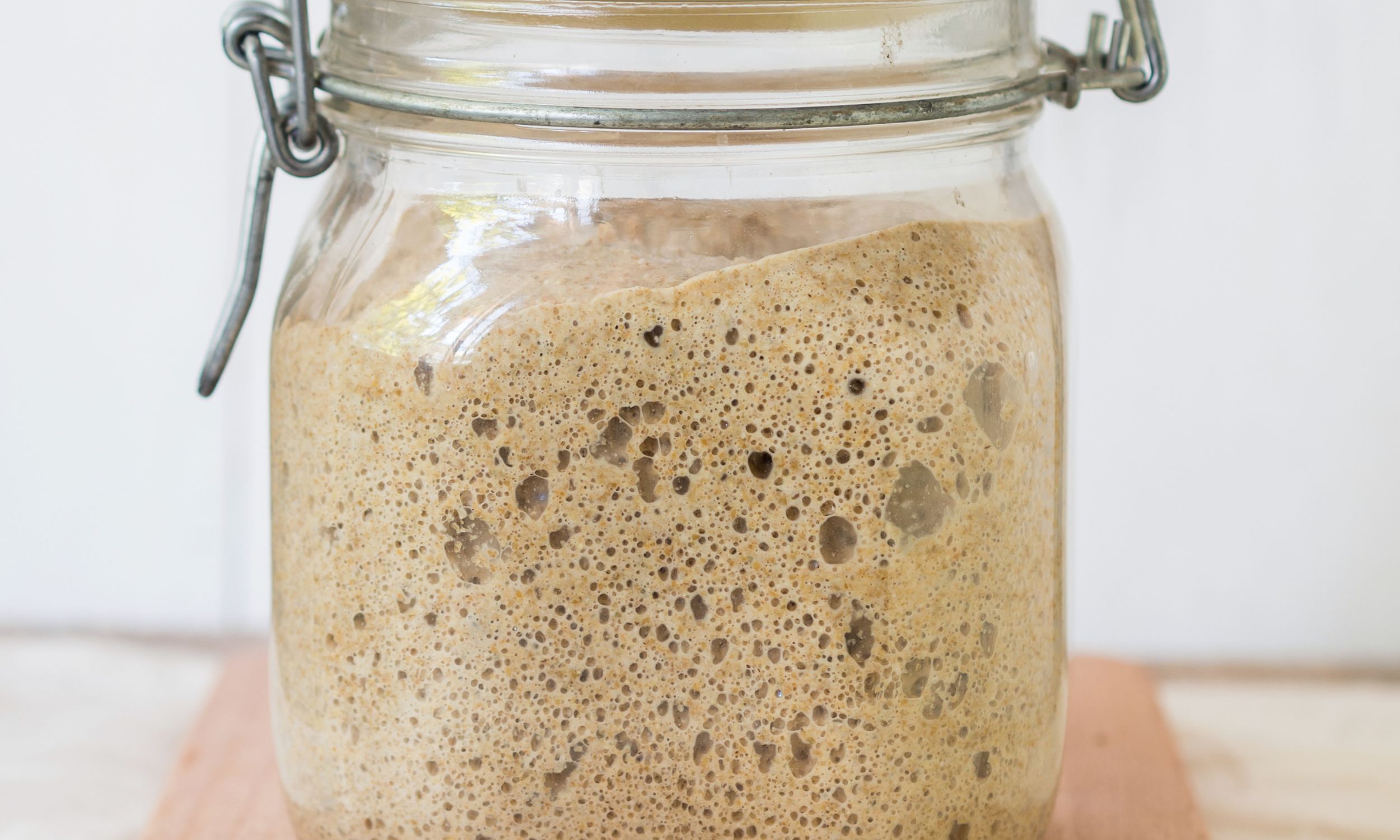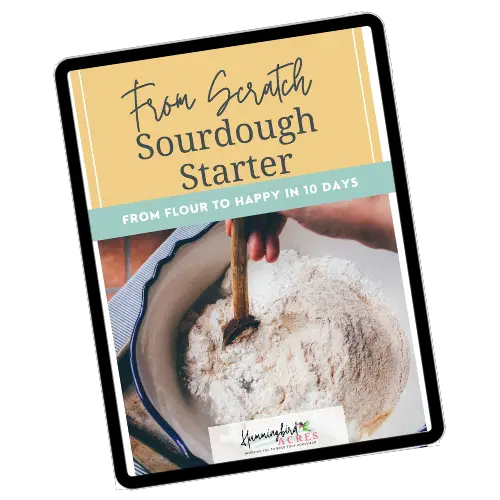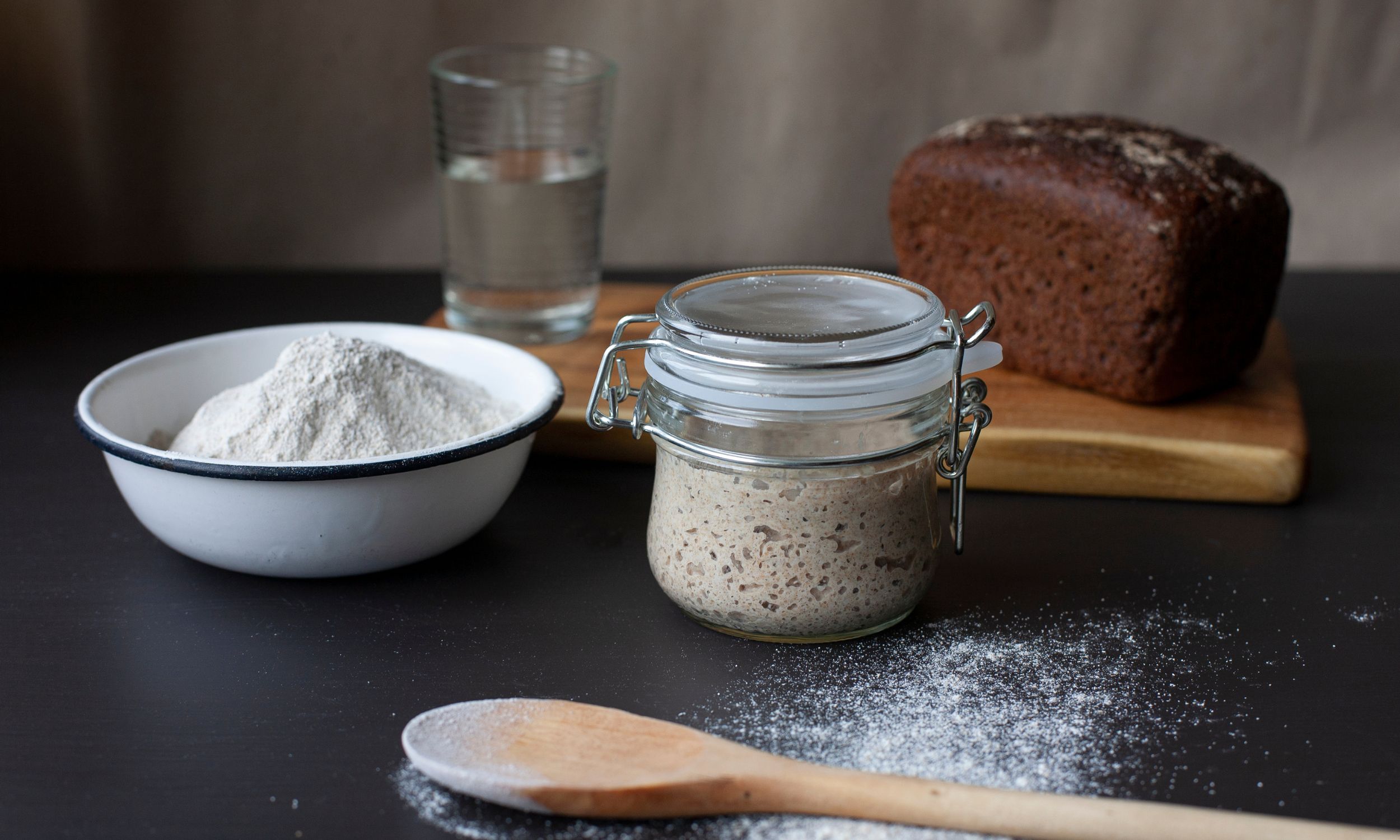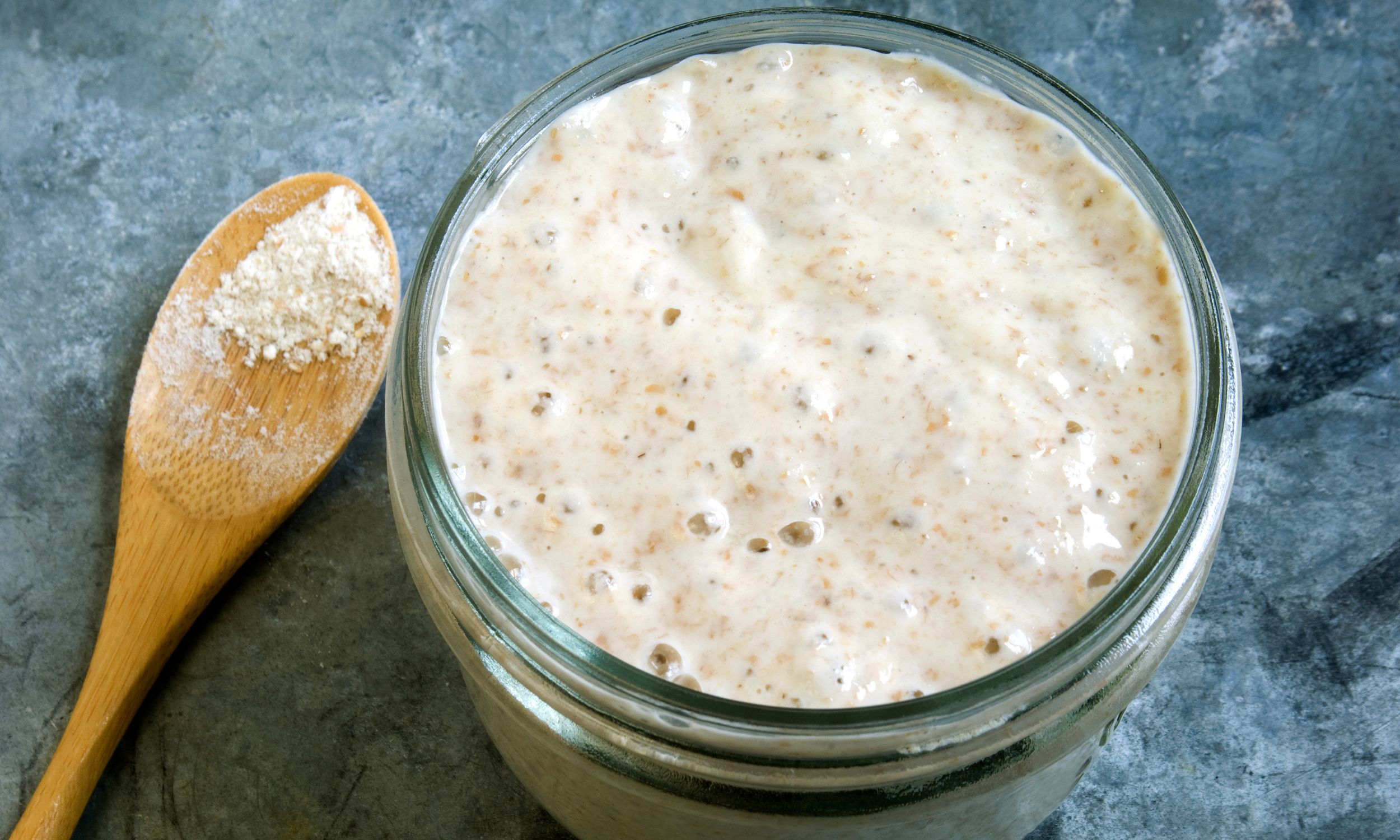How to Tell if Your Sourdough Starter is at its Peak
If you’re new to sourdough baking, you may be wondering when the best time to use your sourdough starter is. After all, a starter is a living thing, and like all living things, it has its own schedule. In this blog post, we’ll give you a brief overview of when to use your starter so that you can get the most out of your baking.
The best time to use your sourdough starter is when it is most active. This typically occurs 12-24 hours after feeding. At this point, the yeast in the starter is at its peak and will produce the best results in your baking. However, if you’re looking for a more subtle flavor, you can use your starter 8-12 hours after feeding. And if you’re looking for a stronger flavor, you can use your starter 24-48 hours after feeding. Just remember that the longer you wait to use your starter, the more sour it will taste.
Disclosure: Some of the links below are affiliate links, meaning, at no additional cost to you, I will earn a commission if you click through and make a purchase.
How to Tell if Sourdough Starter is at its Peak
As any sourdough baker knows, a healthy starter is essential for making good bread. But how can you tell if your starter is at its peak? There are a few easy ways to tell. First, take a look at the color of your starter. It should be a deep yellow or brown, with a slightly sour smell. If it’s pale or runny, it’s not ready yet. Second, check the texture. Your starter should be thick and bubbly, with a consistency similar to pancake batter. If it’s watery or grainy, it needs more time to ferment. Finally, give your starter a taste test. It should have a sour, slightly acidic flavor. If it tastes sweet or bland, it’s not quite ready yet. Once your sourdough starter is at its peak, you’ll be able to make the best bread of your life!

Bubbles in Sourdough Starter Show That It is Active
Bubbles are a good way of very quickly checking how your sourdough starter is doing. If there are no bubbles at all, you’re in trouble, as it shows very little activity! Sourdough starter should have bubbles in it to show it is active, and the amount of bubbles present will give you an indication of how active the starter is.
Bubbles are a result of the flour and water fermenting, and releasing carbon dioxide gases.
Once you have fed your starter some fresh flour and water, the bacteria and yeasts naturally found in the starter will start to feed on the sugars and starches.
You may find that once you feed it and give it a mix, a few bubbles appear on the surface. This is a good sign. Your sourdough starter in a few hours will have many bubbles on the surface. And this will continue to increase until it reaches its peak, and then the bubbles will die down again.

Get our FREE Guide
From Scratch Sourdough Starter
Are you frustrated by failed attempts at creating a perfect starter? Imagine effortlessly baking crusty, artisanal loaves that rival your favorite bakery, without the stress and disappointment. Introducing Fail Proof Sourdough Starter – the simple, proven solution to your sourdough struggles.
Enter your name & email so we can send your our FREE Guide.
Sourdough Starter Rises and Deflates In Between Feedings
The level that your sourdough is at in the jar will also help you determine if the sourdough starter is at its peak or not. After feeding, the bubbles within the starter will raise the level of the starter, and as the number of bubbles increase, so will the level of the starter in the jar.
Once the sugar and starches from the feeding have been consumed, the starter will then start to deflate again. This is when you know that it has passed its peak phase.

Feeding Schedule of Sourdough Can Determine How Active it is
How often the sourdough starter is fed can determine how active it is. A starter that is fed more regularly will generally be more active. Whenever my starter starts to look a little sleepy, I increase my feeding schedule to twice, sometimes even three times a day. This increases its activity and revives it to a really active level.
When Sourdough Starter is Fed Determines When it is Ready to Use
A final check, is when the starter was fed. Using sourdough starter when it has been freshly fed won’t give you good rise in your bread. Starter takes time to eat through the sugars and starches in the flour, and it hasn’t yet had enough time to become active.
This is why it is recommended to wait between 4 and 12 hours before using the starter in your bread recipe. It will take at least a few hours to see some of those bubbles and rising levels I mentioned earlier. Look out for those other signals in addition to how long it has been since you last fed your starter.
How Can I be Sure My Sourdough Starter is Ready to Use?
- Have I been feeding it regularly?
- Does it have bubbles that seem to be increasing?
- Can I see it increasing in size?
If those things are in place, your starter is probably ready to use, but there is an additional test that you can do to make sure…

The Float Test can be used to Test if your Sourdough Starter is Ready
The float test is a way of checking if your sourdough starter is light and airy enough to make your bread rise. Here’s a step by step guide:
- Fill up a glass of water at room temperature
- Give your starter a gentle mix to give the bubbles an even distribution
- Take a teaspoon of sourdough starter and place carefully onto the surface of the water.
- If the sourdough starter floats, your starter is bubbly enough to use to make bread.
- If it sinks, it doesn’t have enough bubbles in it. Either it has passed its peak stage, or it has not peaked yet.
Checklist for When Your Sourdough Starter has Peaked
- Starter has been fed at least a 4 hours ago
- Bubbles have increased considerably compared to when it was fed
- The level of the sourdough starter has reached its highest (you can see when it is just starting to deflate by looking at the sides around the jar).
So there you have it – the best time to use your sourdough starter is when you want to make a loaf of bread! If you’re looking for other recipes to try with your starter, we’ve got a few listed below. And if you have any questions or tips on using starters, be sure to let us know in the comments. Happy baking!
You may also enjoy these related articles:
- Grow Butterfly Weed for a Beautiful Butterfly Garden
- Plants for Butterfly Gardens: Attract More Butterflies to Your Yard with These Beautiful Flowers
- Plan Your Own Butterfly Garden: A Beginner’s Guide
Did you enjoy this article? Want to hear more? Stay in touch! Sign up below to receive weekly tips and inspiration for your homestead.

Introducing the
Simplify. Thrive. Homestead. Academy
HOMESTEADING IS THE KEY TO LIVING A SIMPLER, MORE TRADITIONAL AND SUSTAINABLE LIFESTYLE.
You want to live a simpler, more traditional lifestyle…
…Even if You’re Short On Time, Have No Idea Where to Start, and Don’t Want to Give Up Modern Luxuries.
